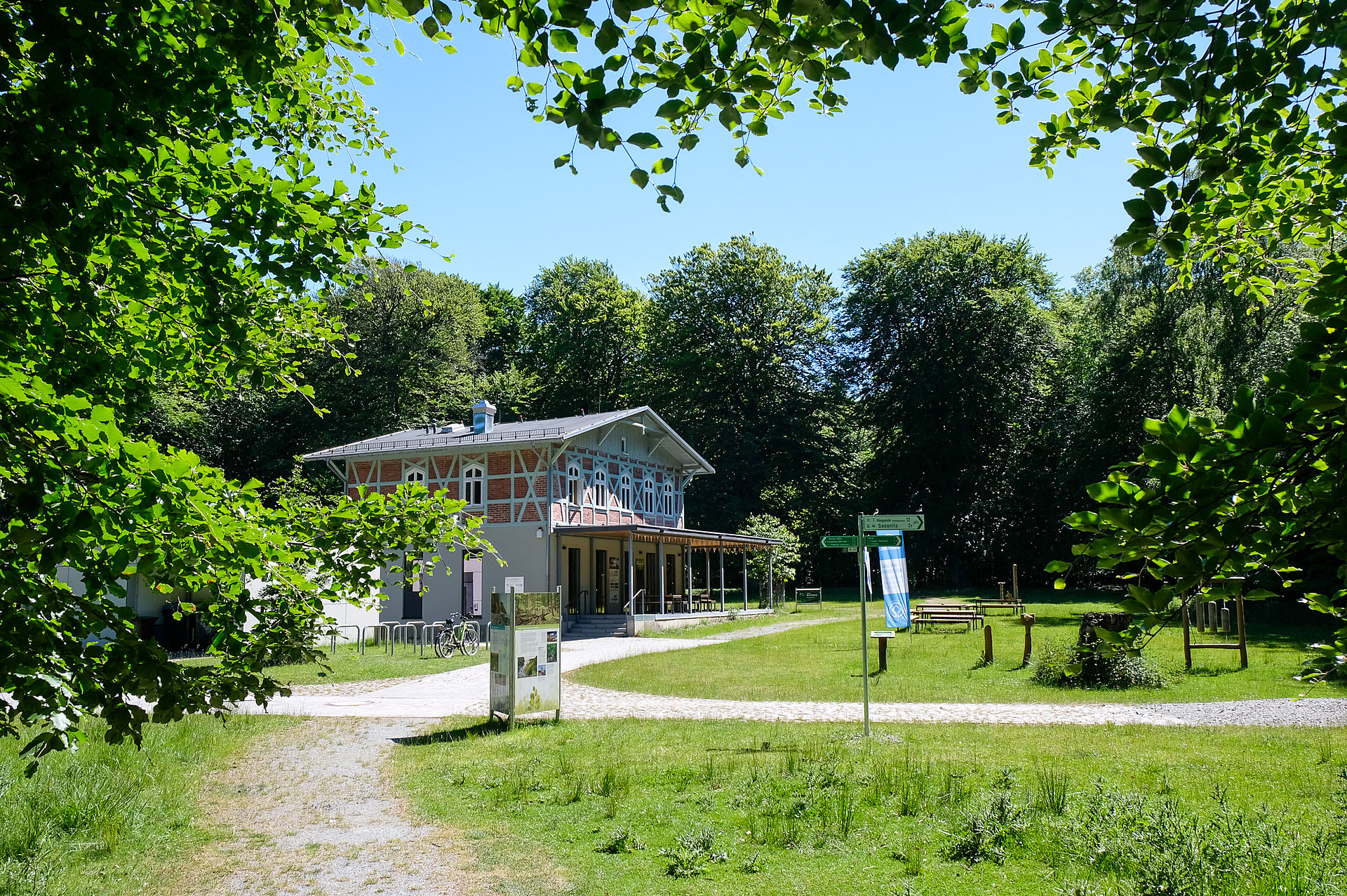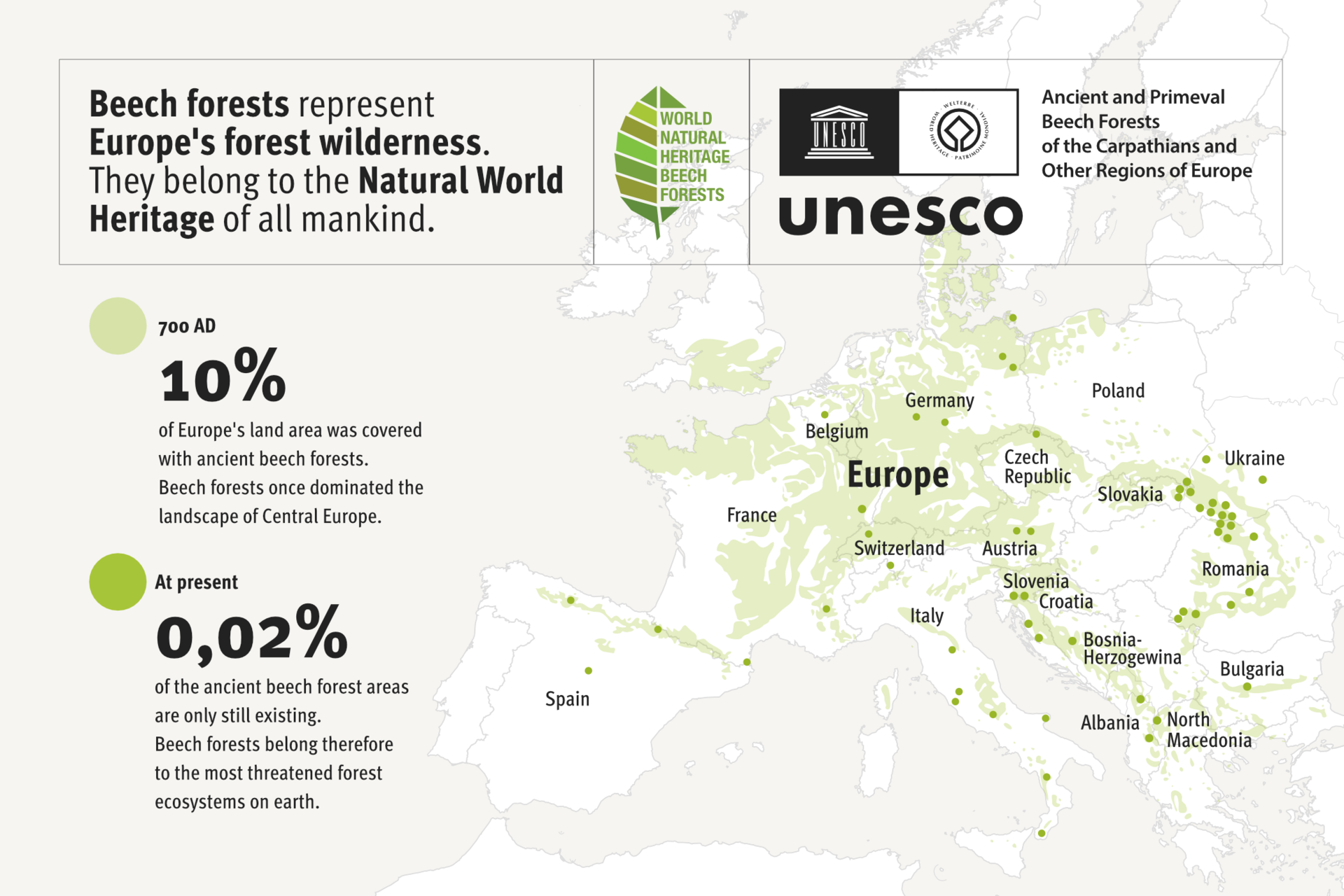UNESCO World Heritage Site
Visit the UNESCO World Heritage Forum at the Michael Otto Haus
Ranger base - exhibition - snack - forest children's playground
you can find the UNESCO World Heritage Forum. A hiking base dedicated to the beech forests World Heritage Site on Jasmund and opened by German Chancellor Angela Merkel in June 2017.
Hikers and cyclists can learn about the Ancient Beech Forests phenomenon here or simply linger in the greenery and unwind. Children can let off steam at the surrounding forest playground.
Find out more on the website of the World Heritage Forum (Sorry, the content is currently only available in German).
The World Forest Heritage consists of 94 sites in 18 European nations, which makes it the largest transnational World Heritage Site in the world.
Due to unprecedented overexploitation over the last 200 years, the old beech forests have been reduced to 0.02% of their former area of expansion. Today, they can only be found in a few areas in Europe, including the island of Rügen.
Jasmund - The World Heritage sub-area on Rügen
One of the 94 sub-areas is located in the heart of the Jasmund National Park. It covers an area of 493 ha and is one of the last intact forests in Europe. Together with four other sub-areas in Germany, it represents the most valuable remaining remnants of large-scale natural beech stands in our country.

Our global heritage
The "Convention Concerning the Protection of the World Cultural and Natural Heritage” was adopted in 1972 by UNESCO. It is the most important international instrument for the protection of ...
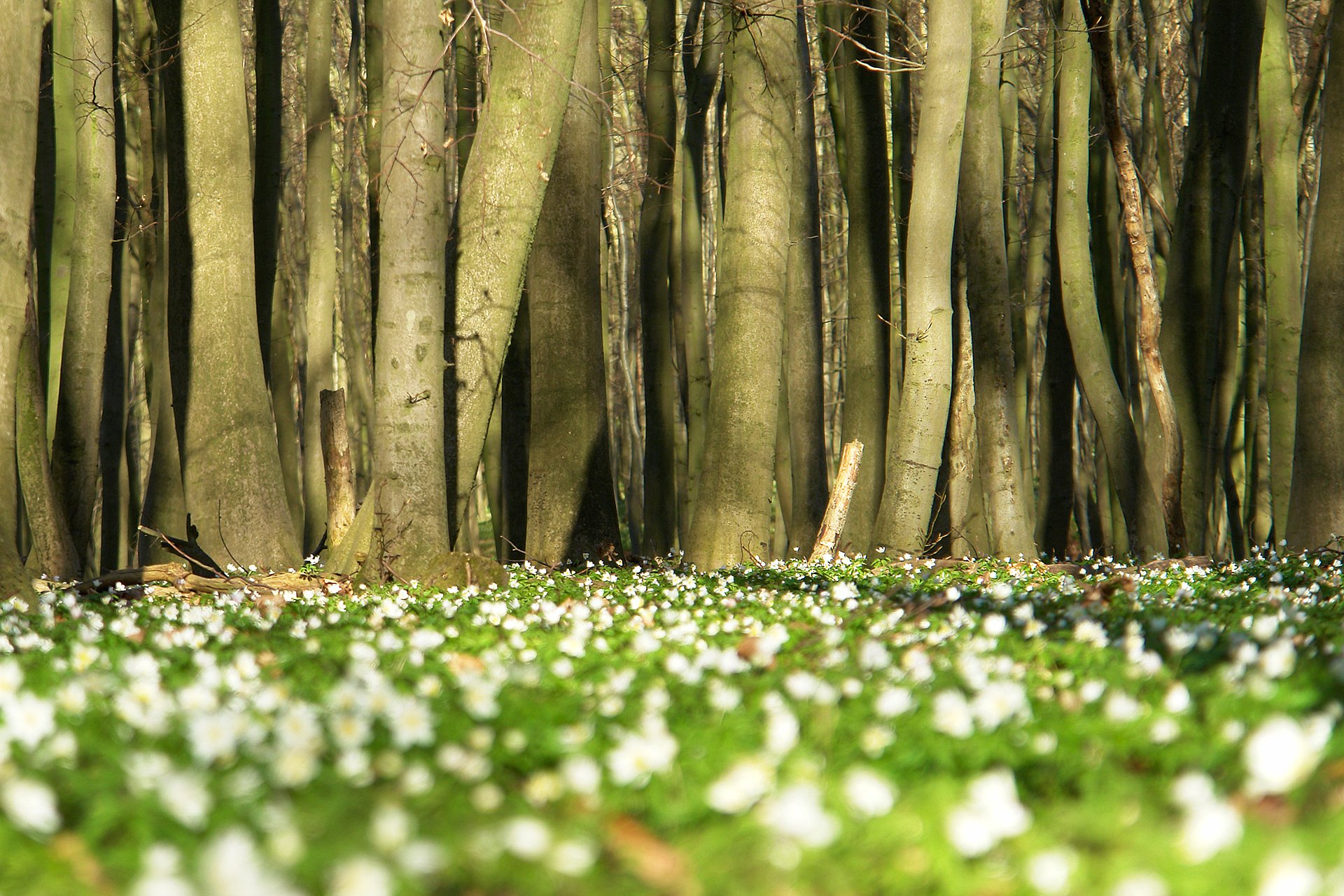
Ancient forest miracle
Beech forests are characterised by their perseverance.
Beeches have recolonized much of Europe from small isolated
refugia at the end of
the last ice age. ...
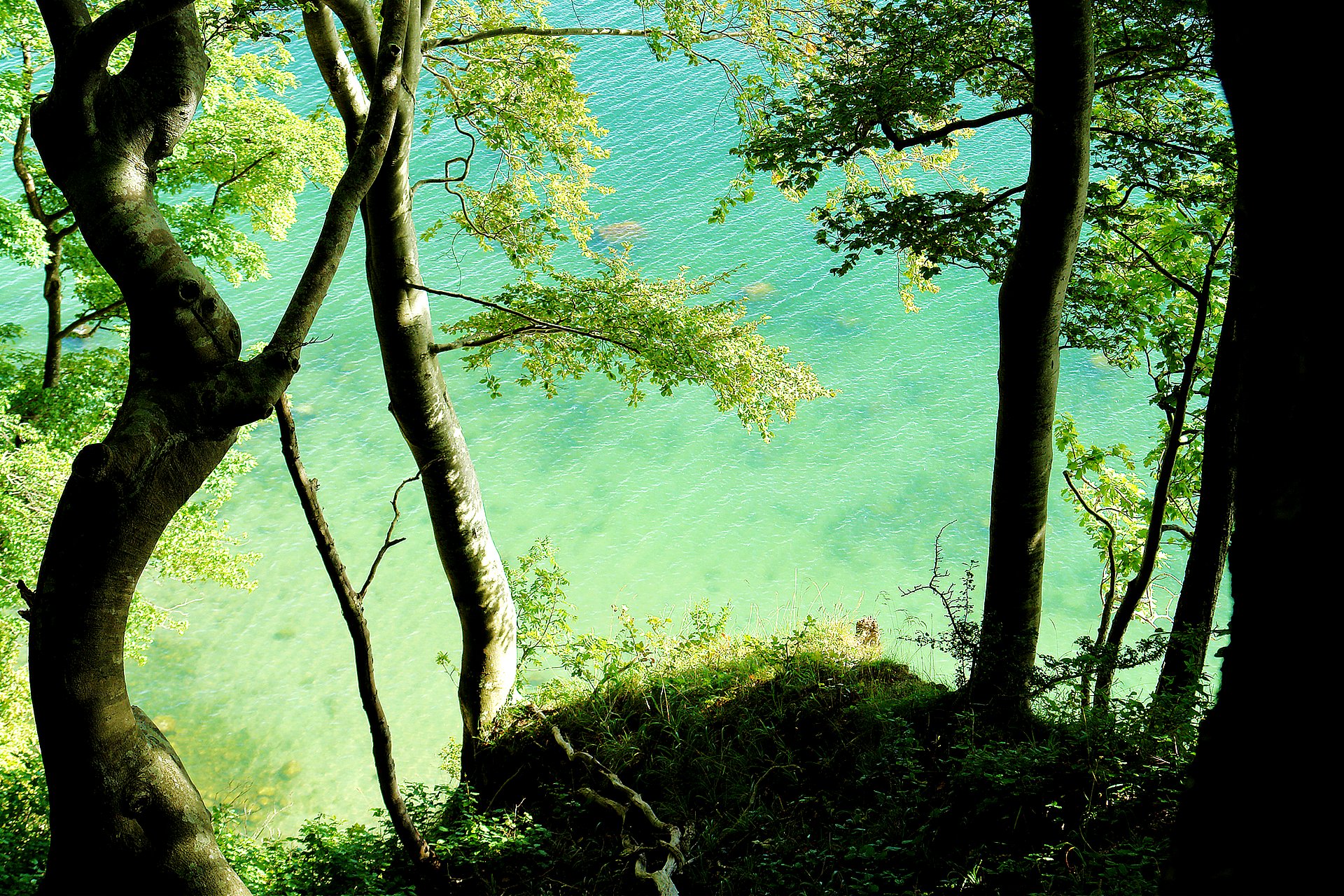
Jasmund‘s primeval forest
Well-protected within Jasmund National Park lies a tiny fragment of pristine Ancient Beech Forest. The forest is centuries old and has the complex structure ...
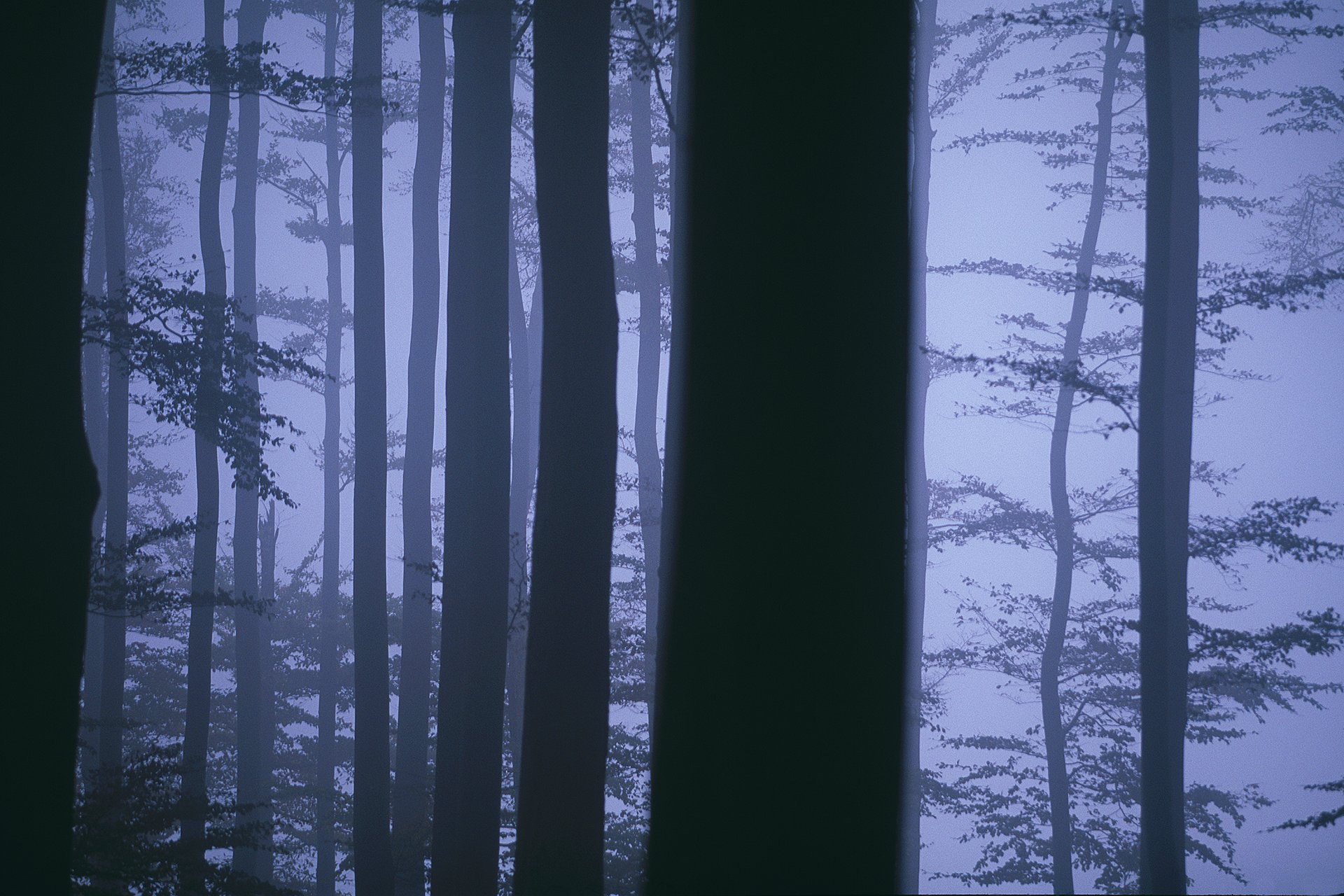
Realm of shadows
There are few places in which one can experience the seasons as intensely as in the Ancient Beech Forest. Each season has its unique colours, patterns, moods ...
